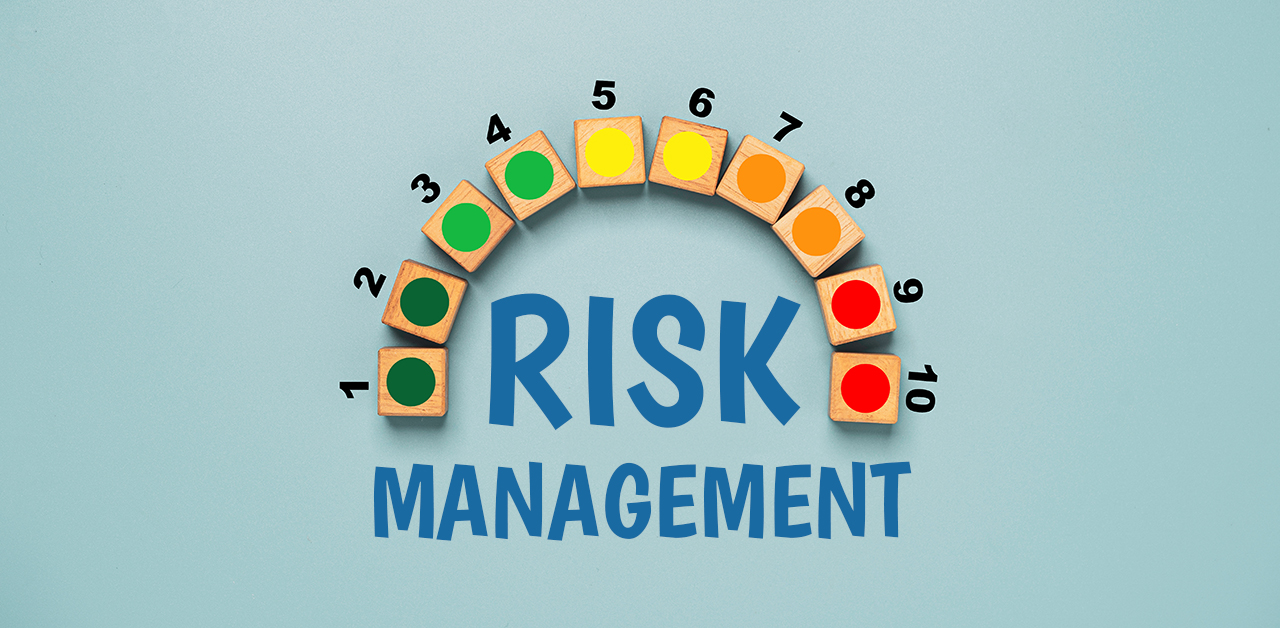Decommissioning a data center means removing multiple components. RAID controllers are a long-term, important part of managing multiple disks and updates to the technology may require an upgrade. Additionally, RAID controllers have batteries that back up information during a power outage. This gives the devices a finite lifespan.
Naturally, it’s a good idea to recycle them ahead of the curve and receive the highest possible value return. RAID controllers are easy to recycle and refurbish for affordable resale. Finding a well-respected ITAD vendor to do a routine decommission is a smart move.
RAID controller cards are removable by anyone with working knowledge of their hardware, but other factors are important for the de-installation of a RAID controller:
•The RAID controller card must match the RAID configuration’s number. This is a range of numbers that the particular disk arrays can support. They number from 0-6, 10, and 50. The seller or manufacturer will have information about which configurations the card matches.
•The disk array should always be shut down before the de-installation of the RAID controller. This prevents data loss.
•Metadata contained in each disk attached to the RAID controller contains the defined structure of the disks, arrays, and partitions the controller established. It’s important to pay attention to the type of metadata and whether the replacement controller will be compatible to avoid further loss of information.
•Always backup all data stored in a RAID array before performing a de-installation of the RAID controller.The process may seem simple. However, factors like timing, synchronizing with other decommissioning services, and recycling make it a professional job. It is best to contact an R2 certified ITAD specialist to retain all desirable data, and that the controller will be fully wiped using certifiable data destruction methods.

